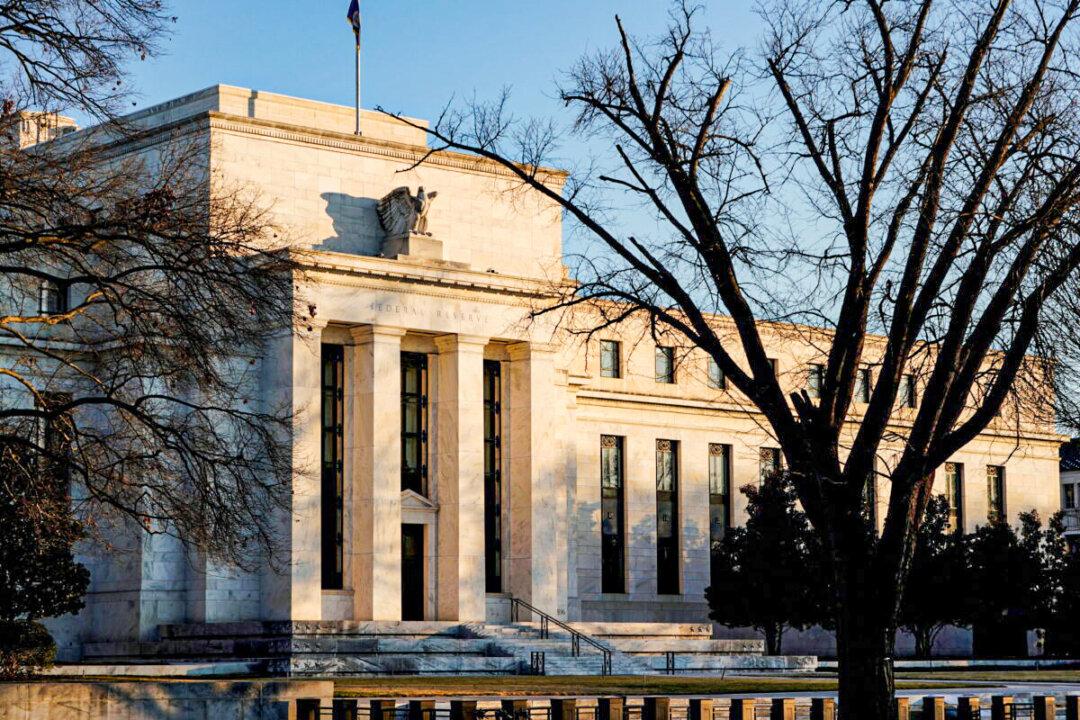Commentary
Most people don’t realize that expansion and contraction of the Federal Reserve’s balance sheet are designed to keep global trade running smoothly. The popular view, which is supported by the Fed, is that monetary policy can promote price stability, maximum employment, and moderate long-term interest rates. Few realize how the Fed moderates long-term interest rates.





